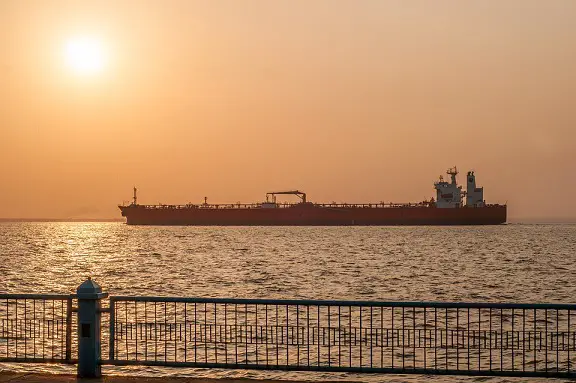Already forced to sell at a discount due to American sanctions, Iran is being forced to discount its crude even more as cheap sanctioned Russian oil now floods all the same markets Iran used to supply.
As it attempts to maintain flows following its invasion of Ukraine and the resultant Western sanctions, Russia has relied upon China as a reliable outlet where it can offload its crude. That is now impacting Iran, as China had been its preferred destination for its otherwise banned crude output.
Russia overtook Saudi Arabia in May as exports surged, becoming the top supplier to China, the world’s biggest importer of crude oil. And while Iran has been forced to cut prices to maintain its sales to China, it is still seeing strong flows due to China’s surging demand, as it wakes up following its Covid lockdowns, and begins to reopen the country.
Vandana Hari, founder of Vanda Insights in Singapore says, “The only competition between Iranian and Russian barrels may end up being in China, which would work entirely to Beijing’s advantage, This is also likely to make the Gulf producers uneasy, seeing their prized markets taken over by heavily discounted crude.”
Although China seems to not record Iranian oil imports, with official records reflecting only three months of imports from Iran since 2020, third party figures show a steady stream of deliveries. According to Kpler, imports registered at over 700,000 barrels per day in May and June. However Russian Urals have taken some flow from the Iranian volumes, according to industry consultant FGE.
According to traders, Iranian light and heavy grades have been priced to be competitive with Urals flows arriving in August, at about $10 below the cost of Brent crude futures. Before the invasion, Iran was only discounting their supply by about $4-$5 per barrel.
The main importers of Russian and Iranian crudes are the independent refiners, sometimes called teapots. They require cheap feeds, because unlike the state-sponsored refineries, they are not allowed quotas to ship overseas where prices have surged. Instead, they are forced to focus their sales on the less lucrative domestic market. Many have even suffered losses on refining during China’s lockdowns, as demand collapsed.
Other countries have been harder hit than Iran however. As China has ramped up importation of the fairly high grade Russian ESPO crude, West Africa has been among the hardest hit. According to Kpler, the hardest hit are Angola, Gabon and the Democratic Republic of Congo. African crude has to be shipped over much longer distances, and thus was susceptible to a blowout in a key pricing structure, which has increased the cost of importing it and led to the independent Chinese refiners resourcing their feedstocks from Russia and Iran.
Michal Meidan, director of China Energy Programme at the Oxford Institute for Energy Studies said, “Costs are a big concern mainly for the teapots. This is likely to remain the trend until the economy starts to pick up and activity resumes, at which point demand for all crudes will increase.”
The one winner in all of this is China, who not only has cheap oil from one sanctioned body, but now has multiple sanctioned bodies competing with each other to see who can supply their sanctioned oil the cheapest, all Goldman is postulating that the rest of the world could see $380 per barrel oil at some point in the near future.

